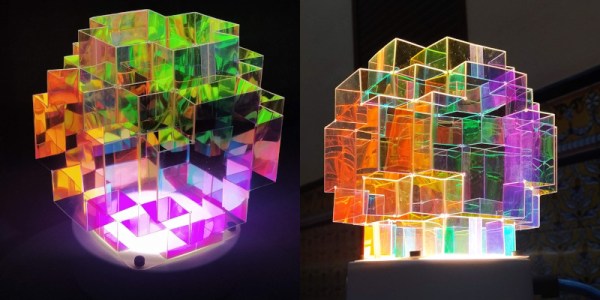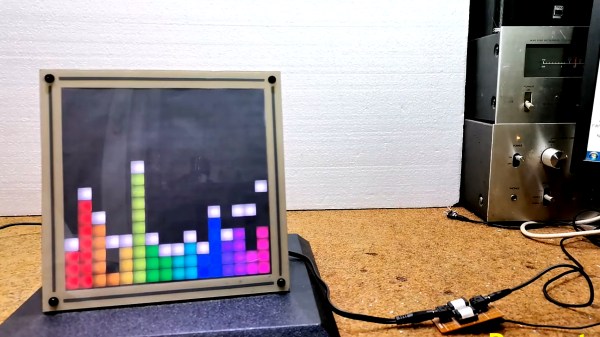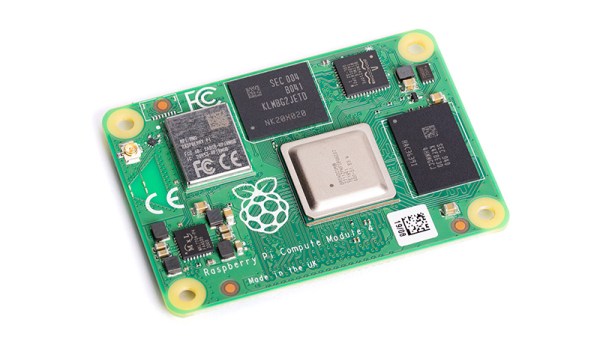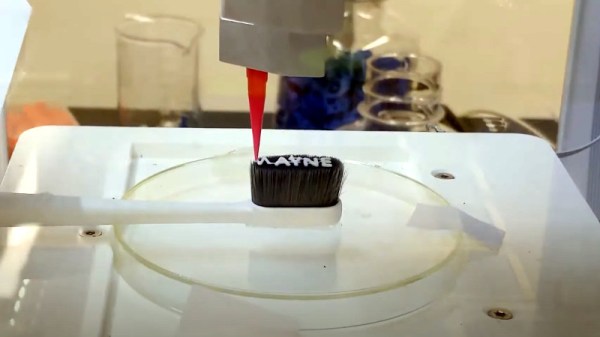With the 2021 Hackaday Remoticon fast approaching, we’ve been hard at work crafting a schedule filled with thought-provoking presentations from knowledgeable speakers; precisely what you’ve come to expect from one of our events, virtual or otherwise. We’ve already announced that Laser Interferometer Gravitational-Wave Observatory (LIGO) astrophysicist Keith Thorne will be presenting a literally out-of-this-world keynote on the incredible engineering it takes to detect gravitational waves with the highest precision interferometers ever devised, but that’s only the beginning.
To make doubly sure we’ll be able to pack every available minute of our second Remoticon with fascinating content, we’ve decided to extend the deadline on talk proposals for a few more days to see what the late-bloomers can bring to the table. If you’ve ever wanted to present at a Hackaday event, but couldn’t swing the trip to Pasadena or Belgrade, this is your chance to take the stage virtually and show off what you’re passionate about.
In the meantime, we’ve churned through enough of the early proposals to let slip the first four talks that we’ll be beaming out between November 19th and 20th. There is plenty more to announce over the coming weeks, but hopefully this gives you an idea of what we’ve got in store for our global audience of hardware hackers. So grab your Remoticon ticket right now!
Continue reading “These First Remoticon Speakers Are Just A Taste Of What’s To Come”



















